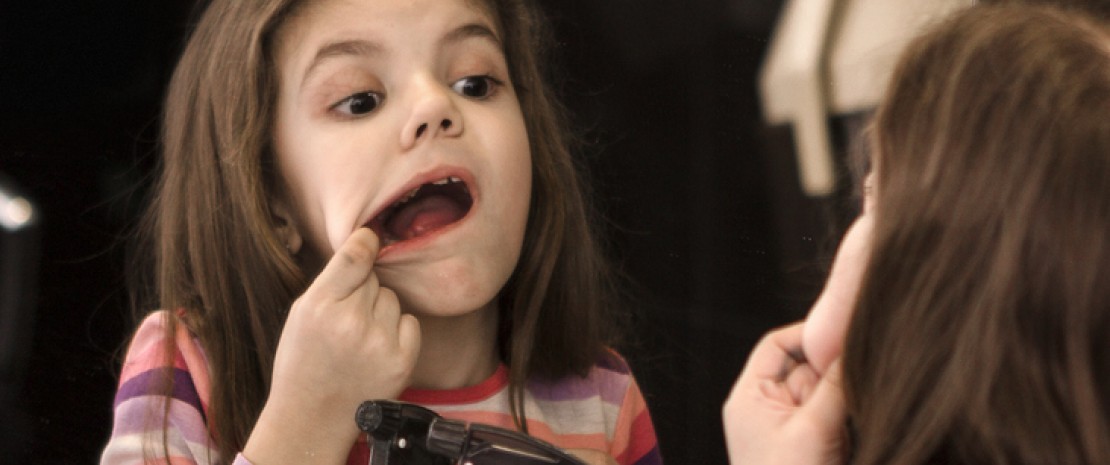Despite progress regarding prevention, dental caries or cavities remain one of the most common afflictions in the world. They are formed when acid attacks the tooth enamel following the fermentation of dietary sugars by microbes found in dental plaque. While pathogenic bacteria implicated in this process are well known, the role of fungi contained in oral microbiota is not fully understood.
Candida dubliniensis is associated with cavity severity
To better understand how microorganisms interact to form a cavity, an American research team investigated dental plaque microbiota at different stages of cavity development. Their study, published in the review Applied and Environmental Microbiology, included 33 children with varying cavity status: some had no cavities, others had a few cavities which were attacking the enamel, others had cavities which had reached the dentine.
The authors identified 139 species of fungi. The two most abundant belonged to the Candida family: Candida albicans and Candida dubliniensis. They observed that composition of dental plaque microbiota varied significantly depending on cavity status, with an overabundance of 4 species in children with cavities and of 12 other species in children with healthy teeth. More specifically, the content of C. dubliniensis was directly correlated to cavity severity. Some of the beneficial species were able to mitigate the role of Staphylococcus mutans in tooth decay (a bacterium implicated in cavity formation) via the production of xylitol and antimicrobial compounds.
New therapeutic perspectives?
C. dubliniensis is known to play a role in cavity progression and severity and could be a good risk predictor for dental caries, concluded the authors. Their work should open up new preventive and therapeutic perspectives for dental caries.












